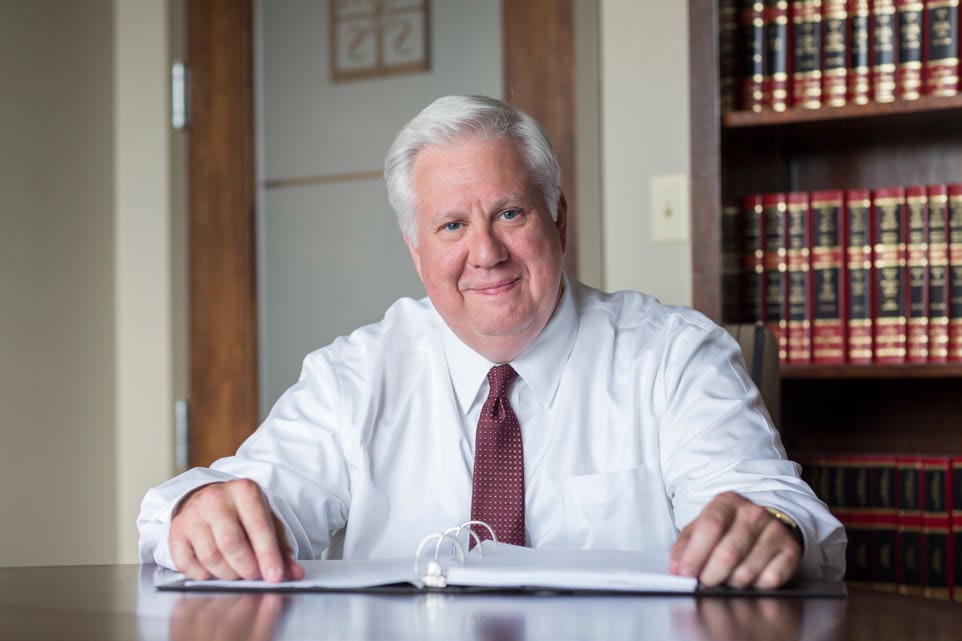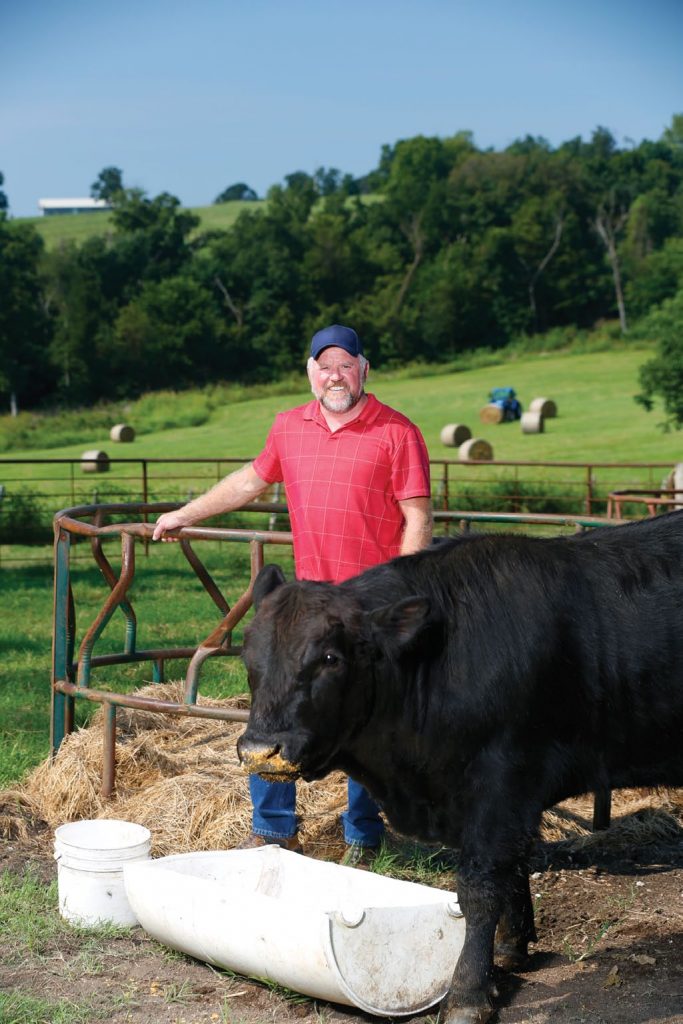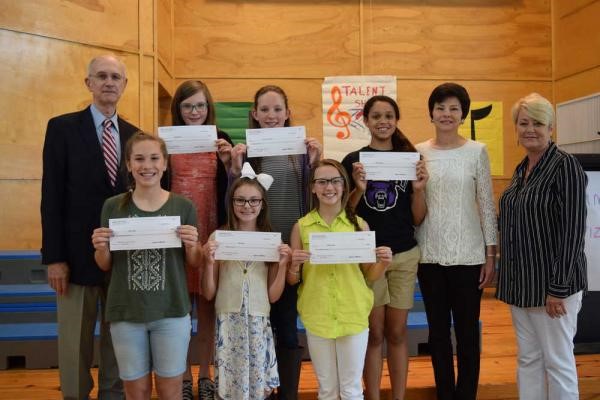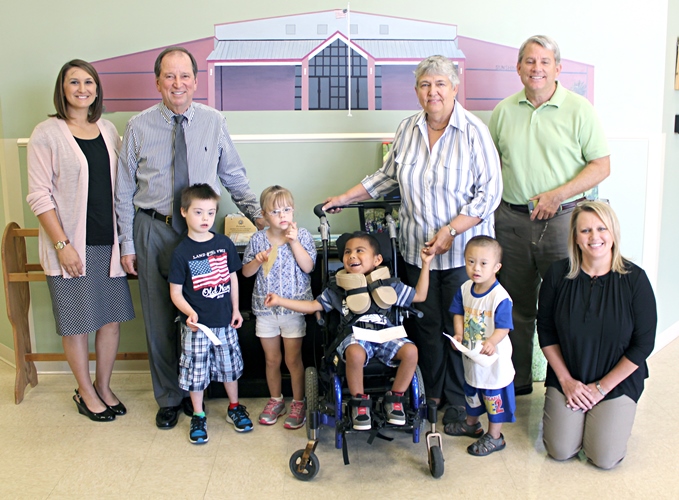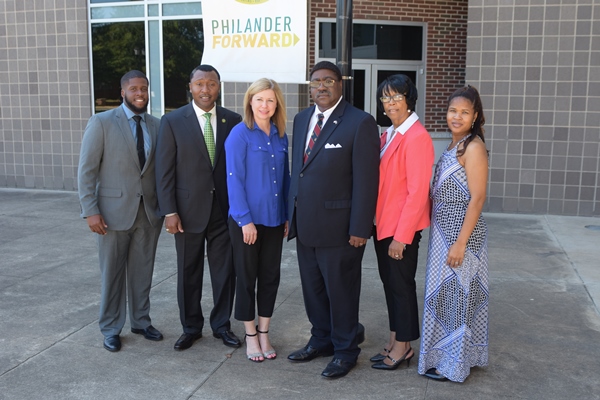Little Rock attorney John G. Shram of Winburn, Mano, Schrader & Shram, PLLC, advises many clients who have charitable objectives and want to make significant gifts, but need help structuring and achieving those objectives.
“They’ve heard of foundations, but are not sure whether their level of gifting would warrant the administrative and compliance expense of starting their own foundation,” Shram stated.
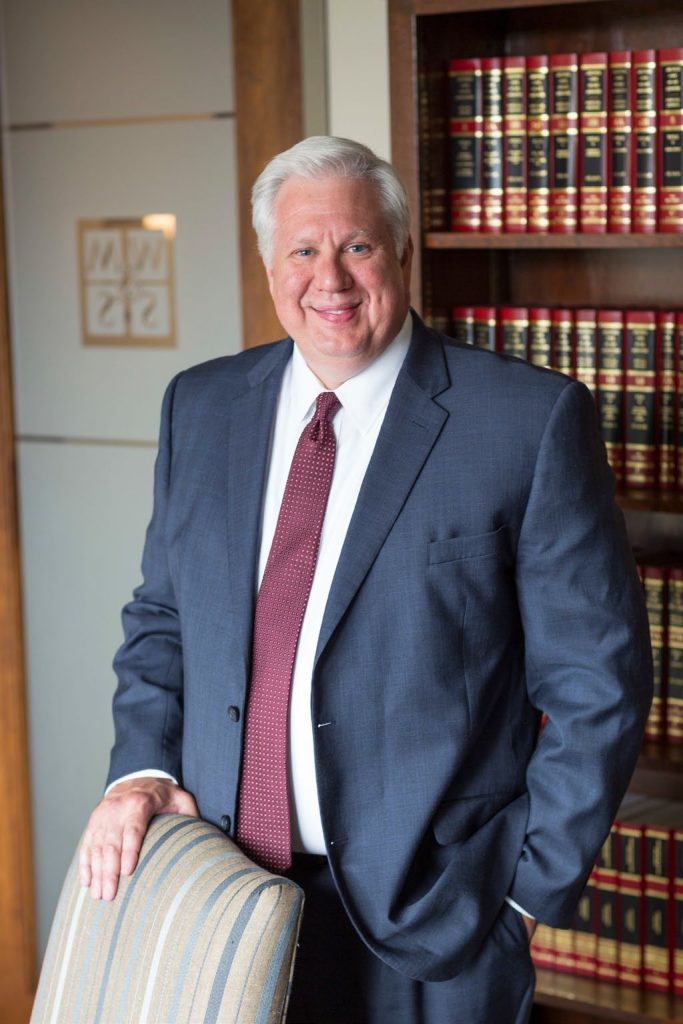
To help his clients structure these complex charitable decisions, he introduces them to the Arkansas Community Foundation staff members who meet with them to explain the Foundation’s tools. “I work to instill confidence in my clients about the Foundation’s ability to manage the administrative and tax compliance issues, accomplish the client’s lifetime and after-death charitable objectives and sometimes even involve family members in their charitable legacy,” he said. “The Foundation does all this within a very economical and competitive fee schedule.”
Most of Shram’s clients quickly realize that their charitable donations can go further and be more effective within the structure of the Arkansas Community Foundation.
“Heather Larkin and her team have repeatedly demonstrated that they can embrace the differing objectives of charitably-minded clients and provide a structure specifically tailored to that client’s charitable objectives while economically managing and protecting the client’s charitable legacy,” said Shram.
